
On Sunday, we launched Finding the Resurrected Jesus with Susan Goff For Individuals and For Groups. Bishop Goff’s class discusses the disciples’ encounters with the resurrected Jesus, and ways in which their eyes were opened to the presence of Christ in their midst.
We might remember, sometimes, to look for Jesus in the hungry, the stranger, the prisoner. But do we recognize Jesus in the people whom we see every day?
It is a question so common that it has become a cliche: How do Clark Kent’s friends not recognize that he is Superman? Take off the glasses and add a cape, and he looks just like Superman. He awkwardly disappears in every emergency for which super powers might be needed. He is a reporter who presumably covers the big events of Metropolis, but he is never around when Superman shows up.
Why don’t they recognize him? Because it’s easier to imagine Superman as an exotic stranger than as the bumbling, semi-competent reporter whose flaws are all too clear.
Here are some ways to take off the glasses of the Clark Kents in your life and recognize that they are Superman — THE super man — Jesus himself.
- Look for moments of self-sacrifice for the sake of others. The person who quietly washes the coffee pot in the break room every day; the spouse who takes on the dishes AND the kids when she sees that you are exhausted — take off their glasses and add a cape.
- Look for moments of deepest need. The friend battling addiction; the child who simply cannot seem to behave in school no matter what you try; the co-worker who is clearly overwhelmed and keeps making mistakes — take off their glasses and add a cape.
- Look for healing. The person who comes and stands with you when you are off by
 yourself watching your son at a barbecue because he is the one who is most likely to spray the other kids with the garden hose; the doctor or nurse who takes the time to focus on listening to a frightened patient — take off their glasses and add a cape.
yourself watching your son at a barbecue because he is the one who is most likely to spray the other kids with the garden hose; the doctor or nurse who takes the time to focus on listening to a frightened patient — take off their glasses and add a cape. - Look for patience. The puppy rescue lady who takes on the problem dogs; the administrative officer who calmly puts out endless office fires; the grad student instructor who is never too busy to help a confused freshman, even if the confused freshman never really seems to get it — take off their glasses and add a cape.
- Look in the mirror. When was the last time you sacrificed your time for a friend? Were patient with a child? Offered kindness to someone who needed you? Take off your glasses — which can so often only see weight gain, wrinkles, and problematic behavior — and add a cape. See, in both your vulnerability and in your goodness, the face of Christ in the world.
If you would like to learn more about finding the resurrected Jesus in the world, please click below for a preview. And happy Easter. He is risen!



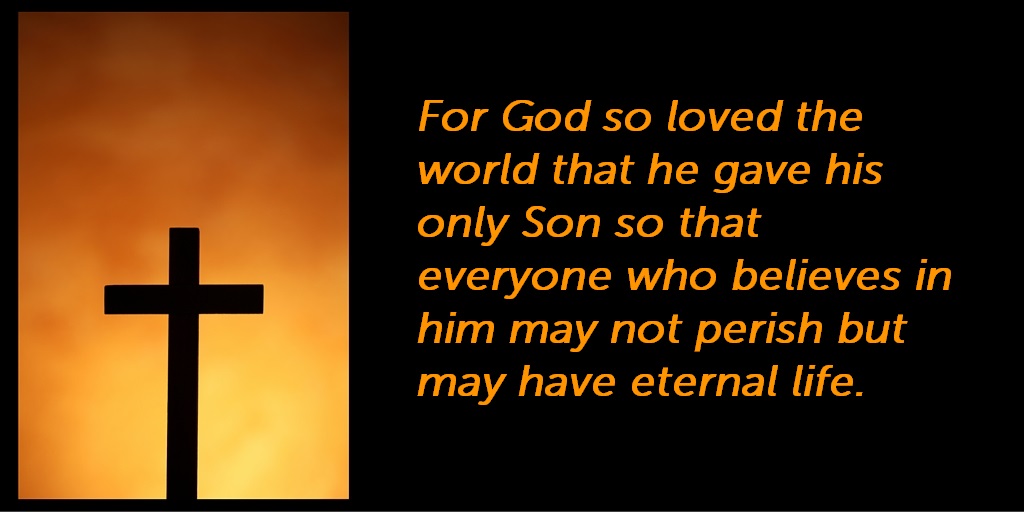
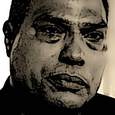


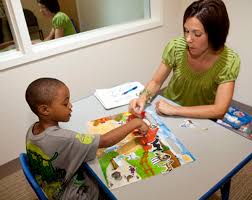 Parents don’t want to introduce the idea that people of different races are treated differently, so they often remain silent on the subject of race. But children remain aware of race, and as Bronson and Merryman demonstrate, they use other sources to fill in the gaps for themselves. Most child rearing experts emphasize that we need to talk to children about race if we want them to grow up to combat racism.
Parents don’t want to introduce the idea that people of different races are treated differently, so they often remain silent on the subject of race. But children remain aware of race, and as Bronson and Merryman demonstrate, they use other sources to fill in the gaps for themselves. Most child rearing experts emphasize that we need to talk to children about race if we want them to grow up to combat racism. children, and other approaches to helping parents race racially aware children.
children, and other approaches to helping parents race racially aware children.


 that VTS recommends, and you can earn a digital badge created by none other than Kyle Oliver, Digital Missioner for the CMT.
that VTS recommends, and you can earn a digital badge created by none other than Kyle Oliver, Digital Missioner for the CMT. To earn this badge, students take our class
To earn this badge, students take our class 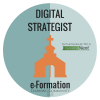 can educate themselves about digital technology and ministry using our class
can educate themselves about digital technology and ministry using our class 

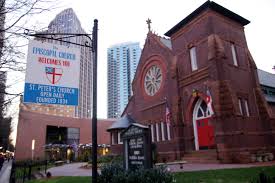
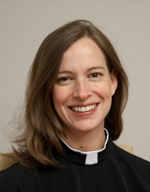 Jesus: on renewing their understanding of who this compelling figure at the center of our religion was. Toward that end, one approach they tried was to unify four ChurchNext classes on the gospels into one class called “Befriending Jesus” and create a Christian formation project wherein students took the class over the summer. They plan to use modified versions of the same kind of class again in the future. (To learn how to use ChurchNext classes to create your own classes for your congregation, take our 15-minute free class,
Jesus: on renewing their understanding of who this compelling figure at the center of our religion was. Toward that end, one approach they tried was to unify four ChurchNext classes on the gospels into one class called “Befriending Jesus” and create a Christian formation project wherein students took the class over the summer. They plan to use modified versions of the same kind of class again in the future. (To learn how to use ChurchNext classes to create your own classes for your congregation, take our 15-minute free class,